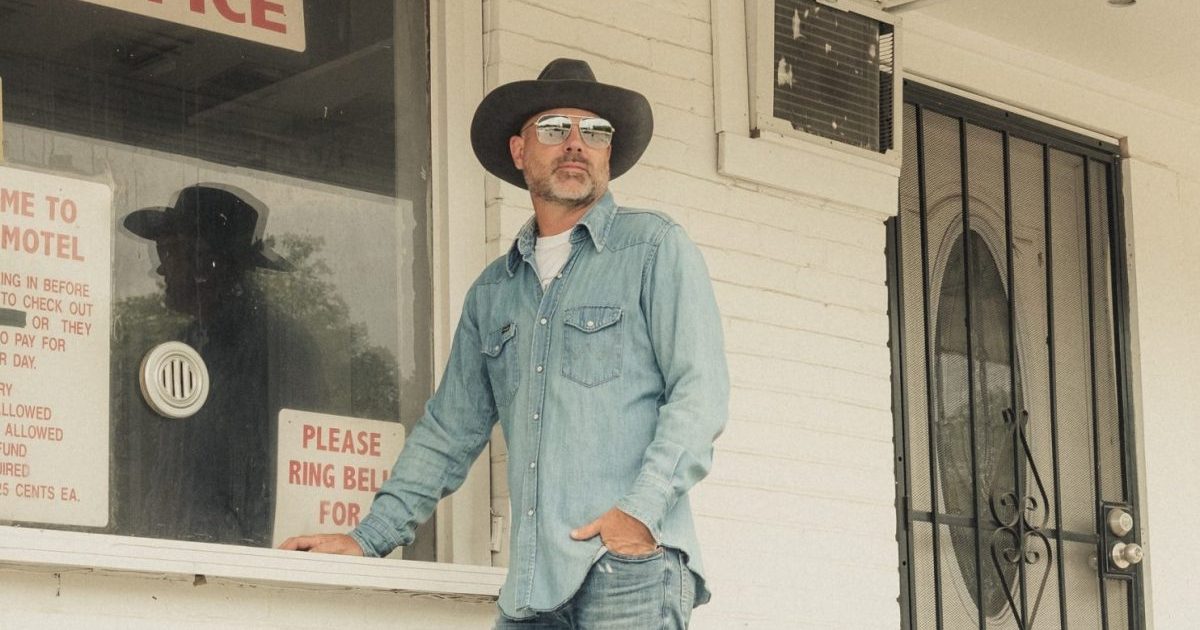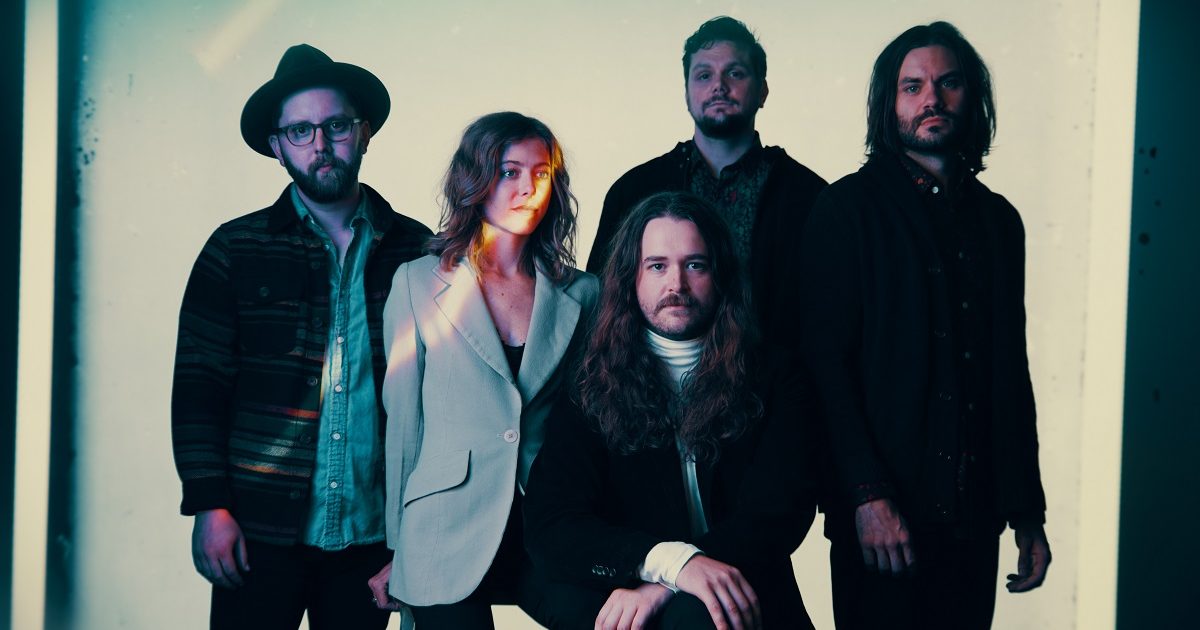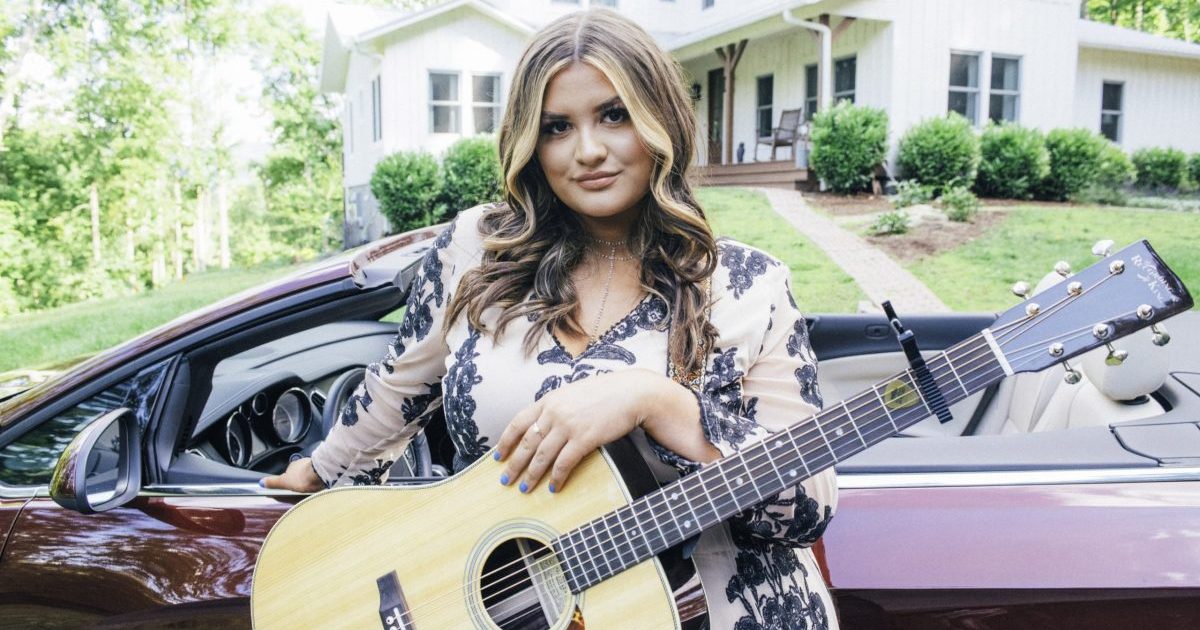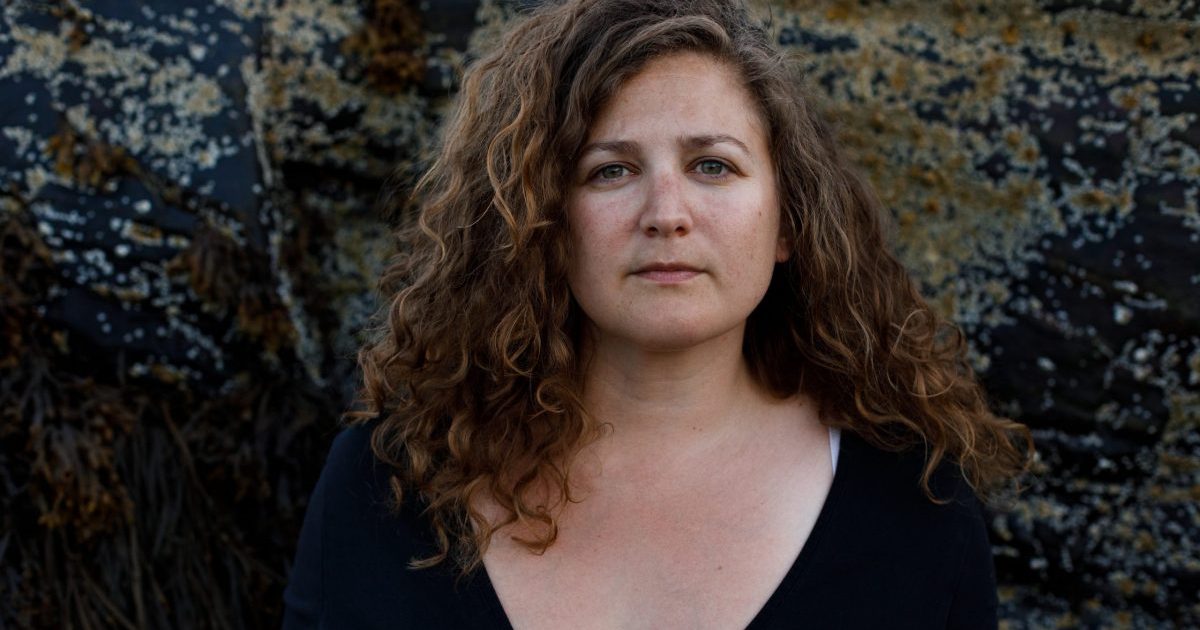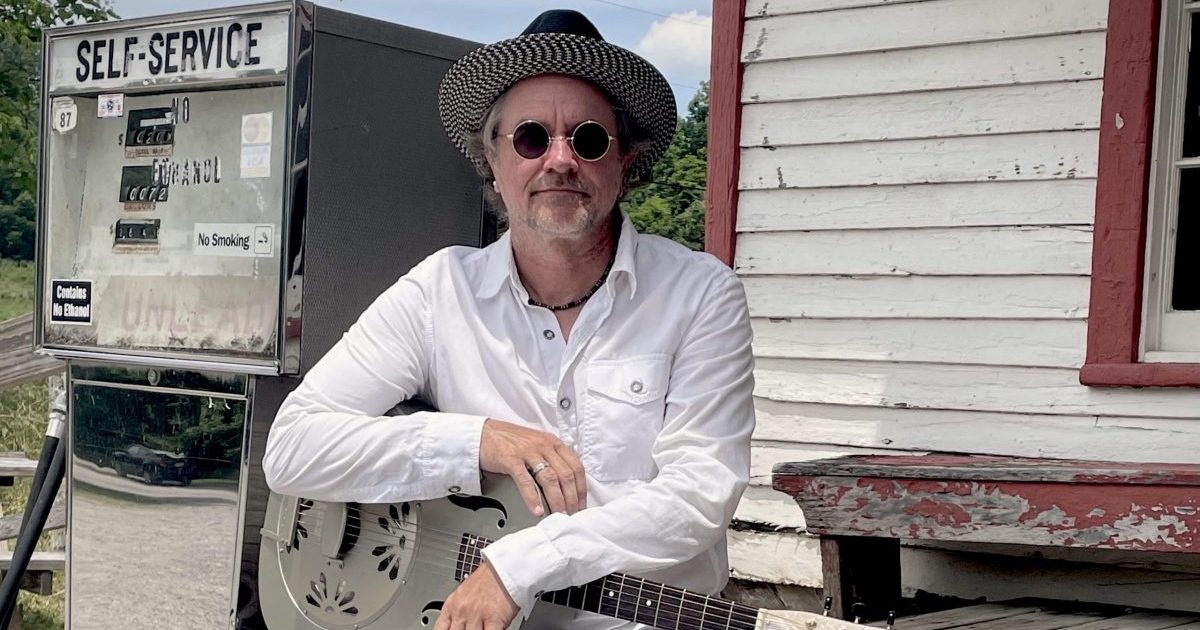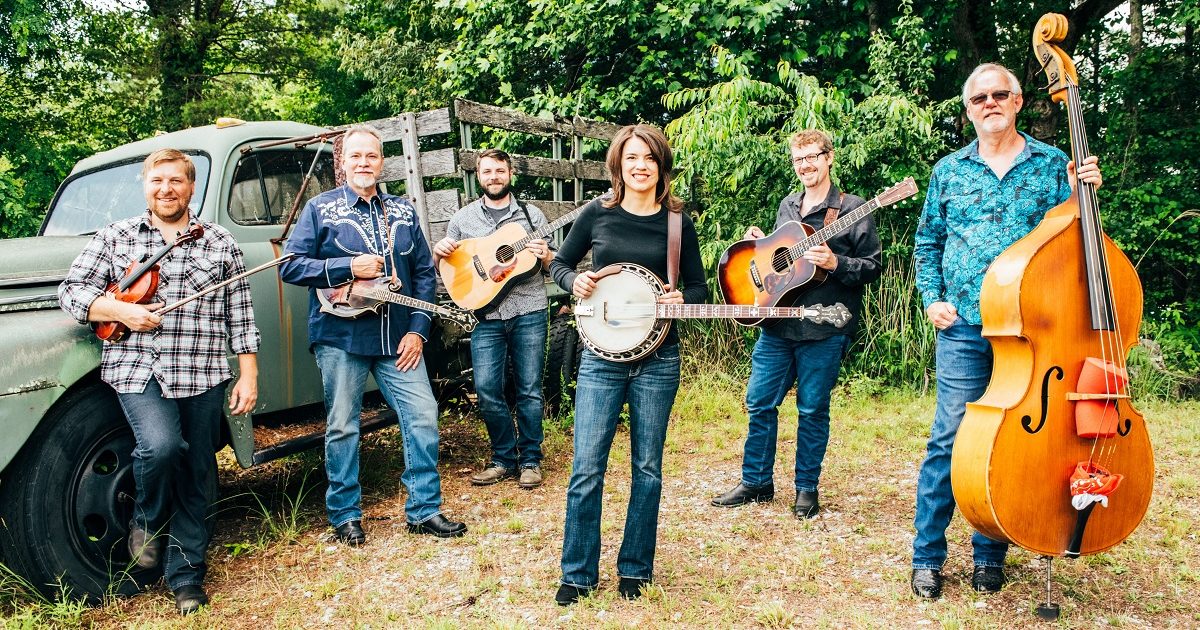Artist: Jon Randall
Hometown: Dallas, Texas
Song: “Keep On Moving” (Live at Southern Ground Nashville)
Album: Jon Randall
Release Date: September 10, 2021
Label: Lonesome Vinyl
In Their Words: “‘Keep On Moving’ started with a guitar lick and a first line. Once I put pen to paper, I never looked back. That’s exactly what the song is about as well. Sometimes I wish I could just get in the car, hit the gas and keep going. I think we all feel that way and probably hesitate to do so in fear of finding somewhere you don’t want come back from. What if there is a place where nobody gives a damn about where you come from and the mistakes you’ve made? That would be a hard place to leave.” — Jon Randall
Photo credit: Jess Tomlins
